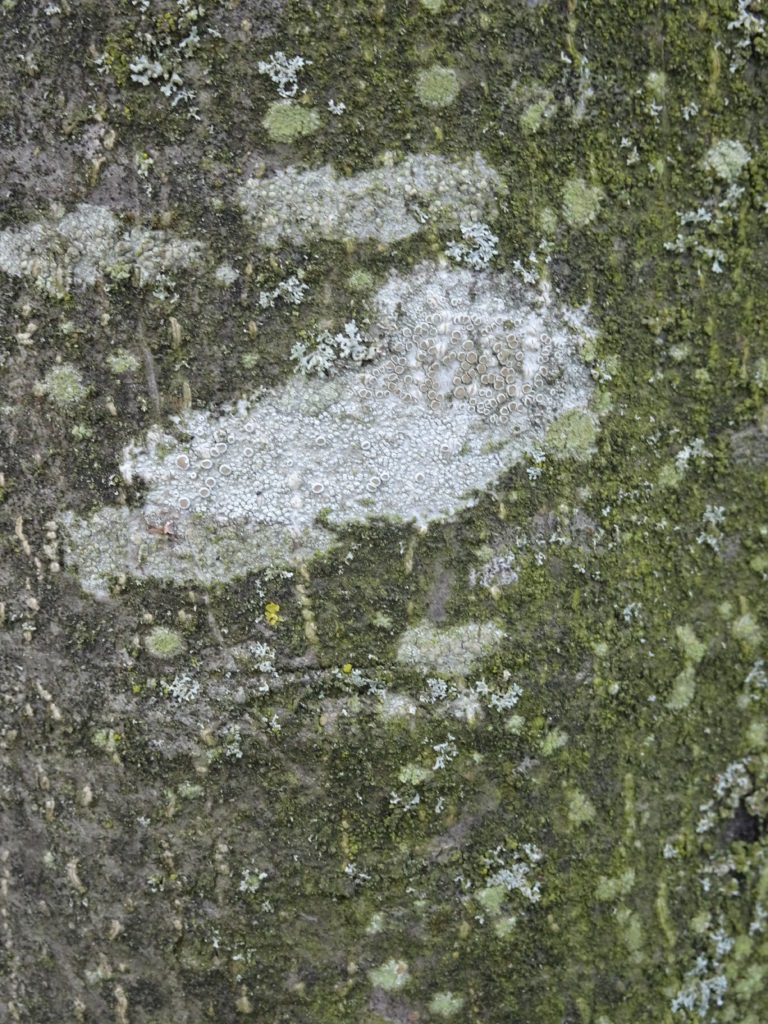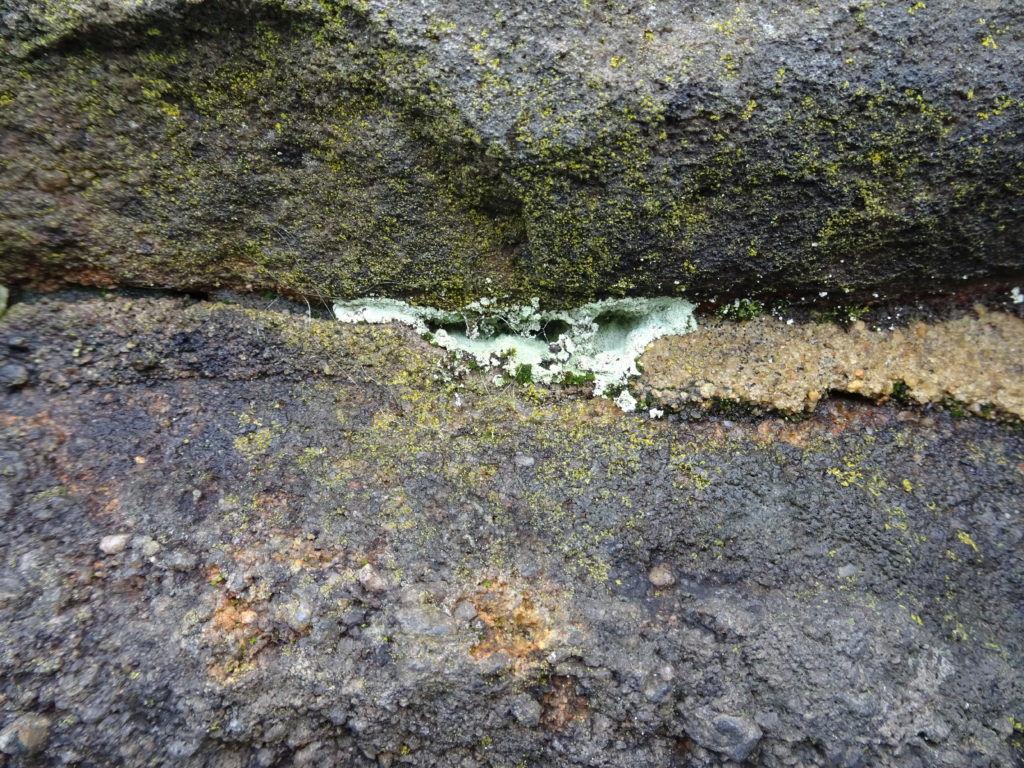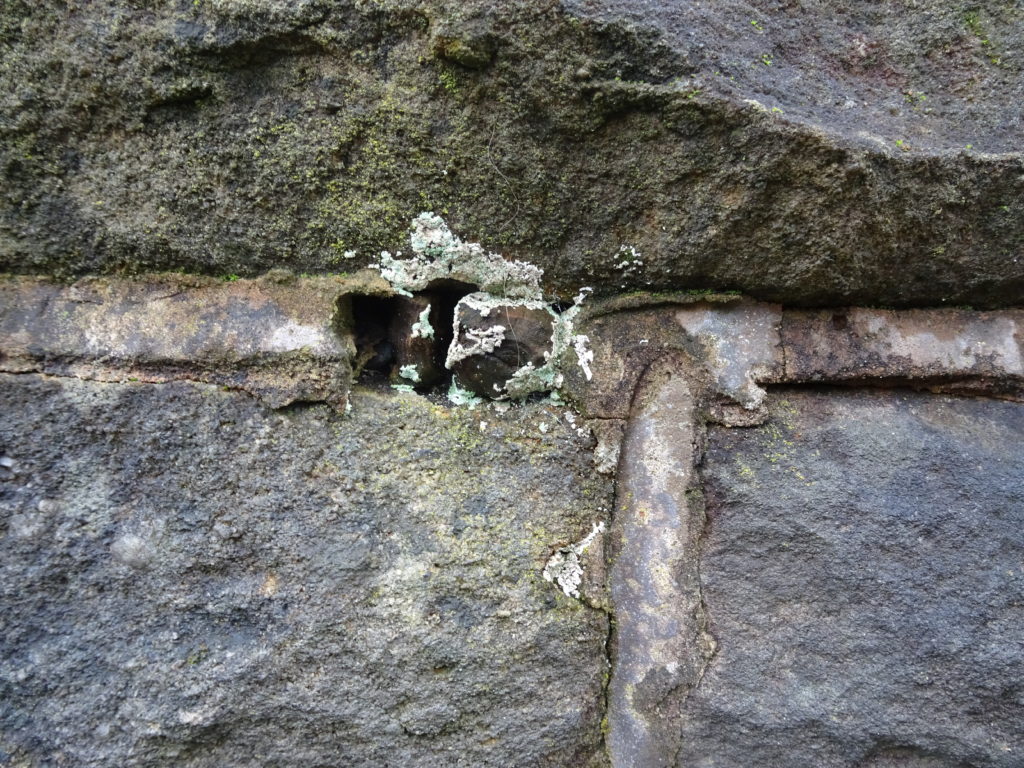Litchen or Lichen and Some Interesting Facts

Lichen on tree bark
It is appropriate for there to be two spellings (and two pronunciations) for Lichen. That is because there needs to be a fungus and an algae or cyanobacteria for a lichen to exist. Lichen is an organism that acts in a mutual relationship with algae converting sunlight into vital nutrients and sugar whilst the partner fungus acts as the host to the new organism. Thus a lichen is a composite organism that arises from living among  multiple fungi species and algae. Lichens have different properties from those of its component organisms.
Fascinating facts about Lichen
- There are 20- 30,000 varieties of lichen with more being discovered every year
- Lichen takes a vital role in the formation of soil.
- Lichen grows on rocks, walls, buildings, trees and other hospitable surfaces.
- With careful study Lichen can help with navigation when walking in the countryside. It predominantly grows on the north side of trees where the wind comes from the west
- Sunshine can colour lichen in greens, greys, yellows or even reds dependent on variety and conditions.
- Lichen is a source of food for microbes insects and even reindeer. Some varieties are poisonous to humans.

- There are three distinct types of lichen: foliose, crustose, and fruticose. Foliose are leaflike in both appearance and structure, crustose have a crusty appearance.
- There are leafy lichen that thrive on rocks at he seaside called Xanthoria parietina with many common names like yellow scale, maritime sunburst lichen and shore lichen.
- Lichens of the species Ochrolechia and Umbilicaria can produce dyes of beautiful brilliant purple and red shades extracted by urine Orcein produces a reddish-brown dye
- Letharia vulpina or Wolf Lichen is a fruitose of fluorescent yellow color making a dye of a bright yellow color.
- The map lichen rhizocarpon geographicum is luminous green on the southern side where it can harvest more light and a black lines of spores with normal green due to less light on the north.

Lichen no a wall

- Lichen do not harm living trees nor take any food from the bark. They do appear on trees that are older or in decline for other reasons
- Lichen are long lived and slow growing